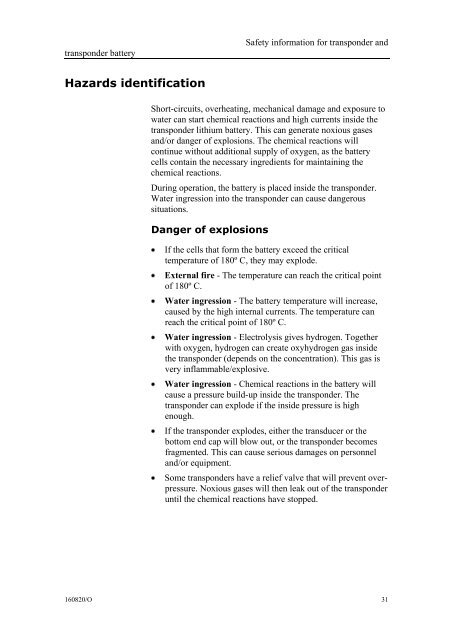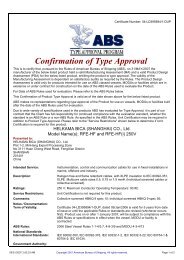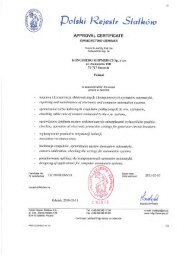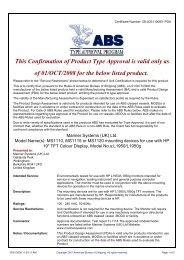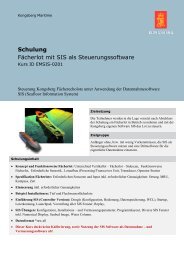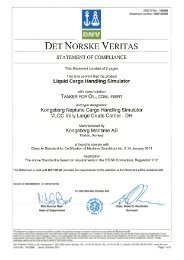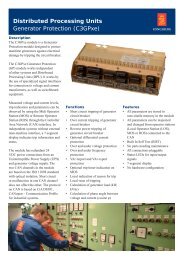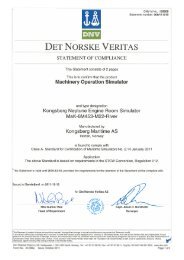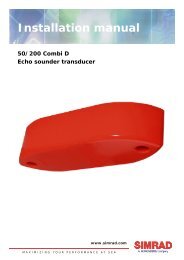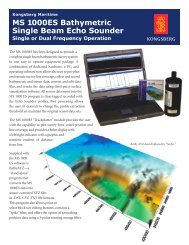Instruction manual, SPT and MPT 31x series transponders
Instruction manual, SPT and MPT 31x series transponders
Instruction manual, SPT and MPT 31x series transponders
Create successful ePaper yourself
Turn your PDF publications into a flip-book with our unique Google optimized e-Paper software.
transponder battery<br />
Safety information for transponder <strong>and</strong><br />
Hazards identification<br />
Short-circuits, overheating, mechanical damage <strong>and</strong> exposure to<br />
water can start chemical reactions <strong>and</strong> high currents inside the<br />
transponder lithium battery. This can generate noxious gases<br />
<strong>and</strong>/or danger of explosions. The chemical reactions will<br />
continue without additional supply of oxygen, as the battery<br />
cells contain the necessary ingredients for maintaining the<br />
chemical reactions.<br />
During operation, the battery is placed inside the transponder.<br />
Water ingression into the transponder can cause dangerous<br />
situations.<br />
Danger of explosions<br />
If the cells that form the battery exceed the critical<br />
temperature of 180º C, they may explode.<br />
External fire - The temperature can reach the critical point<br />
of 180º C.<br />
Water ingression - The battery temperature will increase,<br />
caused by the high internal currents. The temperature can<br />
reach the critical point of 180º C.<br />
Water ingression - Electrolysis gives hydrogen. Together<br />
with oxygen, hydrogen can create oxyhydrogen gas inside<br />
the transponder (depends on the concentration). This gas is<br />
very inflammable/explosive.<br />
Water ingression - Chemical reactions in the battery will<br />
cause a pressure build-up inside the transponder. The<br />
transponder can explode if the inside pressure is high<br />
enough.<br />
If the transponder explodes, either the transducer or the<br />
bottom end cap will blow out, or the transponder becomes<br />
fragmented. This can cause serious damages on personnel<br />
<strong>and</strong>/or equipment.<br />
Some <strong>transponders</strong> have a relief valve that will prevent overpressure.<br />
Noxious gases will then leak out of the transponder<br />
until the chemical reactions have stopped.<br />
160820/O 31


